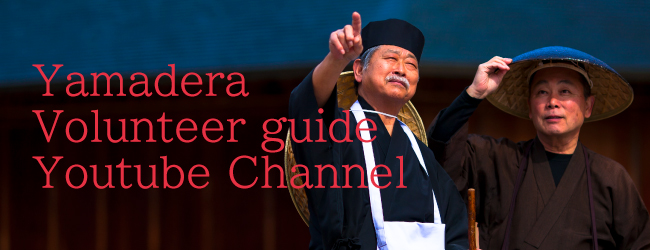Ochikuru ya (Drifting Down), haiku poem and commentary (replica) Matsuo Basho Genroku 2 (1689) (山Hasegawa collection)

Ochikuru ya (Drifting Down), haiku poem and commentary (replica)
Matsuo Basho
Genroku 2 (1689)
(山Hasegawa collection)
After visiting the sessho-seki (literally “killing stone,” a rock known for formerly emitting toxic volcanic gas) on the Nasu Plain during their Oku no Hosomichi journey, Basho and Sora spent two days in Nasu (located in present-day Tochigi prefecture) at the home of Takaku Kakuzaemon, the Nasu village headman. Asked by Kakuzaemon to improvise a poem, Basho composed the following haiku:
ochikuru ya / takakuno shuku no / hototogisu
drifting down earthwards / from its lodging high above / sound of a cuckoo
In this poem, Basho muses whether even a cuckoo singing high above might be felled by the poisonous fumes of the “killing stone.” The fact that this haiku was composed in early summer also makes “cuckoo” an appropriate kigo (seasonal word).
Basho signs his name as Furabo (風羅坊) in this work, and the characters which make up this signature suggest a carefree traveler who comes and goes as capriciously as a light kimono dancing in the wind. Today, the word furaibo (風来坊) is used in a similar vein to denote a wanderer with no fixed abode.
Additionally, the Japanese word takaku in the haiku is a play on words, for while it would normally be taken to mean “from a high place,” Basho uses the characters of his host family’s surname Takaku here, allowing for the alternative interpretations “lodging in Takaku” or “Takaku lodging.”
